Why I Left Teaching and Now Work in Crypto
And what it taught me about fixing our broken education system.
Imagine if we designed school today from scratch. Would we still force kids to memorize facts they can look up, sit in rows for eight hours, and measure learning through standardized tests? Probably not. Yet, that's exactly the system we’re stuck with.
What we need instead is a system that enables choice at every level: for students pursuing their interests, for families selecting the right educational fit, and for communities creating diverse learning environments.
Children enter the world with innate curiosity and a desire to learn through play, but all too quickly learn that it's conformity and compliance that are rewarded. I witnessed this transformation firsthand as a student, moving from a Montessori environment where learning was self-directed and driven by curiosity, to a public school desk where learning became passive. Moving between these two environments showed me how quickly a child's natural love of learning could be suppressed by rigid systems. Over time I’ve come to understand the difference between education and school. Education, as an instinctual desire to be curious and learn, is innately human. School is a construct. And like any construct that no longer serves us, it deserves to be questioned.
The Legacy of Industrial Education
Despite general consensus about the current model's shortcomings, traditional education has prevailed as the status quo. The standardized K-12 system we know today, inherited from Prussian models of the 1800s, has only been around for 60-70 years. That’s long enough for us to forget what alternatives looked like, like one-room schoolhouses, and mixed-age classes, but short enough to suggest it hasn't been the only and best way to learn in human history.
The cracks in traditional education are becoming impossible to ignore though. As AI transforms every industry and remote work redefines how we spend our time, traditional careers and credentials matter less than adaptability and self-directed learning. Emerging trends like 'vibe coding' are democratizing the ability to prototype and build things regardless of one’s technical ability, emphasizing the new reality where AI tools enable anyone to become a programmer, designer, or startup founder with just a few clicks. We're witnessing the emergence of a world where success depends more on what you can create than where you learned it, where continuous learning is the norm, and where children need to be prepared for jobs that don't yet exist. Companies like Google and IBM have dropped degree requirements for many roles, while innovative co-op programs are creating direct pathways into tech careers without traditional credentials.
The Promise of Choice and Agency
Learning Has Fundamentally Changed in the Digital Age
When we return to first principles and ask fundamental questions about education, a recurring theme emerges: the need for agency and choice at multiple levels.
Student level: Children need personalized learning pathways that respect their interests, pace, and learning styles.
Family level: Parents need the freedom and financial ability to select educational environments that match their children's unique needs.
System level: Communities need the ability to create diverse educational models beyond standardized approaches.
With the internet and AI at our disposal, this multi-level personalization is truly tenable at scale for the first time in history.
While tech is a big part of it, it's also about looking outside standardized models to provide (and embrace) more alternative ways to learn.
Evidence of Change: The Steep Adoption of Alternative Education
The success of longstanding alternative models proves this is possible. Take the Sudbury Valley School (or Alpha Alternative - a Canadian “democratic school” equivalent) which has over 50 years of graduates demonstrating that self-directed education creates capable, successful adults. Their alumni have gone on to diverse careers and life paths without ever receiving traditional grades or following a standard curriculum. Or consider the track record of Montessori education, which has produced innovative thinkers like Google founders Larry Page and Sergey Brin, Amazon's Jeff Bezos, and Nobel Prize-winning author Gabriel García Márquez. The same can be said across a wide spectrum of alternative models, though they are often underrepresented in longterm studies.
We're seeing a significant shift in how families approach education. Homeschooling numbers 7x during COVID from 0.6% to 4.3% in Canada (and 3.3% to 11.1% in the U.S.), and notably, they've stayed high even after schools reopened. Microschools have also exploded across North America, with an estimated 95,000 emerging in the US in 2024. Parents are increasingly questioning whether traditional schooling truly serves their children's needs.
The policy landscape is shifting to support this transformation. In the US, twelve states now offer universal Education Savings Accounts (ESAs), putting the power of choice directly in parents' hands by letting them direct state education funds toward whatever learning environment works best for their kids. These accounts can fund private school tuition, learning materials, or customized educational programs, breaking the government's monopoly on education and giving families real alternatives to the traditional system. Unfortunately for Canadian families, ESAs haven't made it north of the border yet, where most provinces still force parents to pay education taxes while offering little to no financial support for alternatives like homeschooling. Despite valid concerns about ESAs, their introduction creates unprecedented market pressure for public schools to adapt or risk obsolescence.
The Challenges of True Educational Choice
Success stories aside, even though choice technically exists, most private and alternative schools still map back to the same standard expectations and curriculum. Creating innovative brick-and-mortar schools is also plagued by barriers, from restrictive zoning laws to complex health and safety regulations that make the cost for innovation and risk prohibitively high. In the absence of ESAs in Canada, unless you have substantial disposable income, there are few opportunities to choose where to send your child, limiting market demand for options beyond traditional blue-blood private schools Those who do choose unconventional routes like homeschooling and unschooling often cite judgment from family, friends, and strangers as a major challenge. We have most, if not all, the ingredients to provide more agency and choice in education, but still face significant barriers, both regulatory and cultural, to making this a reality.
When Learning Became Schooling
My perspective on education has been shaped by multiple vantage points. As a Montessori student, I discovered the power of self-directed learning. When I became a teacher myself, I saw the limitations of traditional education firsthand. Working in tech has since offered me a fresh perspective and increased urgency for how we might tackle the education crisis.
Attending Montessori in my early educational years, I experienced what true student-led learning looked like with daily uninterrupted work periods directed by my own curiosity. When they call Montessori "student-directed," it's often misconstrued that teachers sit back and let kids do whatever they want. It's much more intentional though, a sort of “structured freedom”. Teachers identify natural points of interest and build on them, while a meticulously designed environment (often called the "third teacher") promotes independence and purposeful activity.
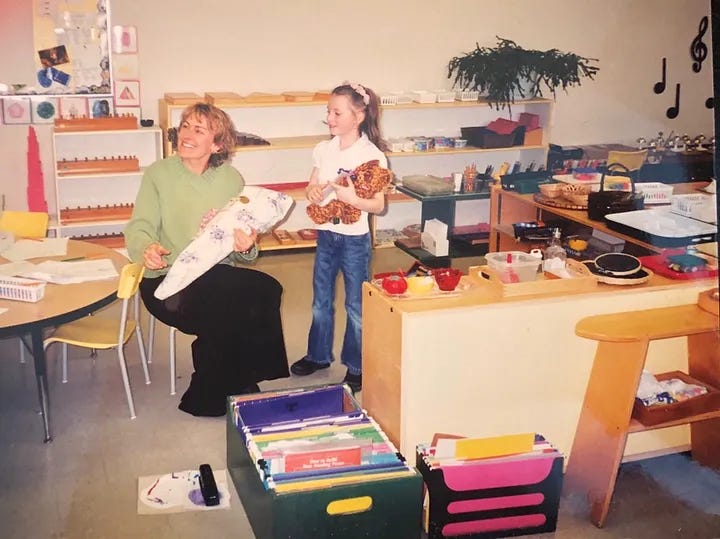
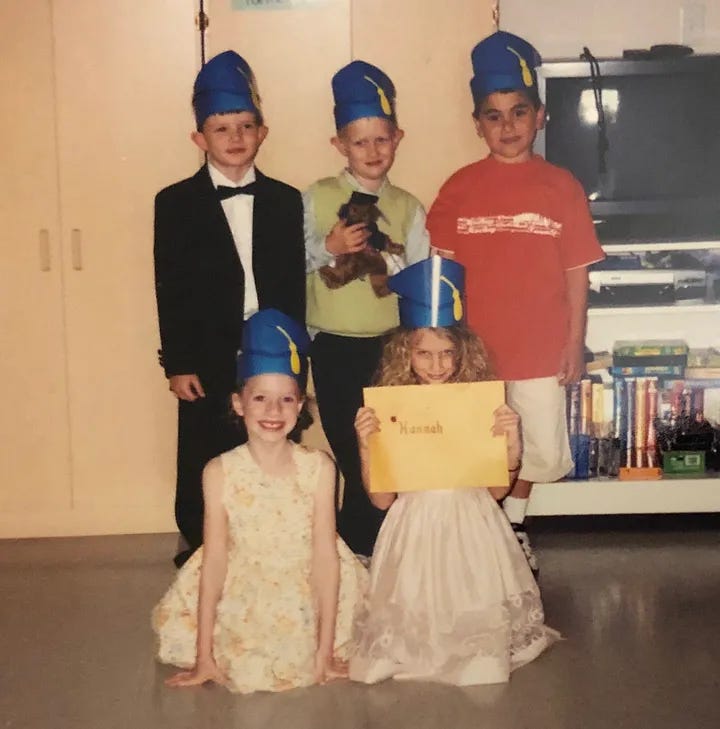
The shift to traditional school was jarring. I, like many, learned to beat the system by memorizing for the test, completing assignments on time, and being a respectful student. Not that any of these behaviours are inherently problematic or bad skills to acquire, but is that the best way to measure real learning? Instead of being rewarded for curiosity and creativity, public school introduced me to a new, single metric of success: grades.
Despite these bumps in the road, my Montessori experience had shown me that learning could be different. Driven by that vision with fresh-faced idealism, I obtained my Masters in Teaching at The University of Toronto, believing that becoming an educator was the most direct path to effecting change.
Breaking Away from Traditional Education
Not long before graduating, I had a lingering feeling of doubt. While the majority of my cohort was gearing up to become public school teachers, I couldn't shake a growing realization that my vision for education was fundamentally incompatible with the traditional system. Even being the best teacher possible wouldn't change the problems I saw.
Students remained confined to standardized lessons and rigid schedules, while the technology shaping their lives outside the classroom was treated as a threat within it. The more recent response to ChatGPT’s launch highlights this stark disconnect. Instead of embracing AI as a powerful learning tool and preparing students to use it effectively, schools across North America rushed to implement bans and restrictions. We’ve thankfully seen many of these bans lifted since then, but the wave of panic spoke volumes.
Career guidance has equally been stuck in the past. The same handful of traditional career paths were being presented to students, completely disconnected from the real world and future of work, where thousands of new jobs that never existed are being created every day.
So, after a brief stint I left.
Finding New Solutions in Tech
After working in edtech and startups, I took a leap of faith to join Treasure, a blockchain network for entertainment. As their first marketing hire and CMO, I now work at the intersection of blockchain and AI. These fields might seem unrelated to education, but they share core principles with my teaching philosophy: building new systems from first principles, embracing technology, and individual agency.
Working in crypto has shown me broken systems cannot be reformed from within; instead, parallel structures must be created that render old constraints irrelevant. Similarly, education doesn't need more bureaucratic patches or standardized metrics. It requires a complete reimagining where choice and community involvement become foundational rather than afterthoughts. Where existing institutions resist change through regulatory capture and institutional inertia, distributed networks create new possibilities outside their reach.
Unlike when I left teaching feeling frustrated and isolated, I now see this same pattern of parallel innovation emerging in education and it fills me with optimism. The future isn't waiting for permission from established systems.
We're already seeing innovative responses through:
Gamified and AI learning platforms like Synthesis
Co-learning spaces like Moonrise
Teacherless schools like Alpha
Extended Montessori programs through high school with Guidepost Montessori
The rise of homeschooling and microschools
Building Better Alternatives
I work in an industry that proves we can build entirely new systems when the old ones no longer serve us. I also work in an industry where you can be young and taken seriously if you just start building things—where anonymity is common and you're judged on the merit of your work, not where you came from or what school you attended.
More than building something new, we need to start creating more choices for children. They spend 13-14 years, the first half of their life, in school. Children deserve more agency in receiving an education that works for them, just as we as adults have agency in where and how we decide to spend our time.
Education remains humanity's greatest lever for progress, which is precisely why we can no longer entrust it to a system designed for the industrial revolution.
Fortunately, we don't have to wait for institutional change. Innovation is happening right now in living rooms, community spaces, and on tech platforms across the world. Parents, educators, and communities are already building alternatives that honor both student agency and family choice while creating new educational models that better serve children's futures.
Subscribe to join me as I document these approaches and share insights from my own ongoing exploration, including:
How emerging technologies can enhance rather than threaten learning
Real-world examples of successful alternative education models
Designing learning environments that nurture curiosity instead of compliance
Practical steps for families considering educational alternatives
As a Canadian 🇨🇦, I'll also be sharing insights around regulations, and ways to advocate for more educational choice.
After leaving the classroom, I kept asking myself what kind of education would I want for my own child someday? That question has driven me down many, many rabbit holes of research and fascinating discussions. With parenthood on my horizon, my quest to seek out alternatives has taken on an even more personal meaning. This newsletter tracks what I'm learning, both for my future kid and perhaps for yours.



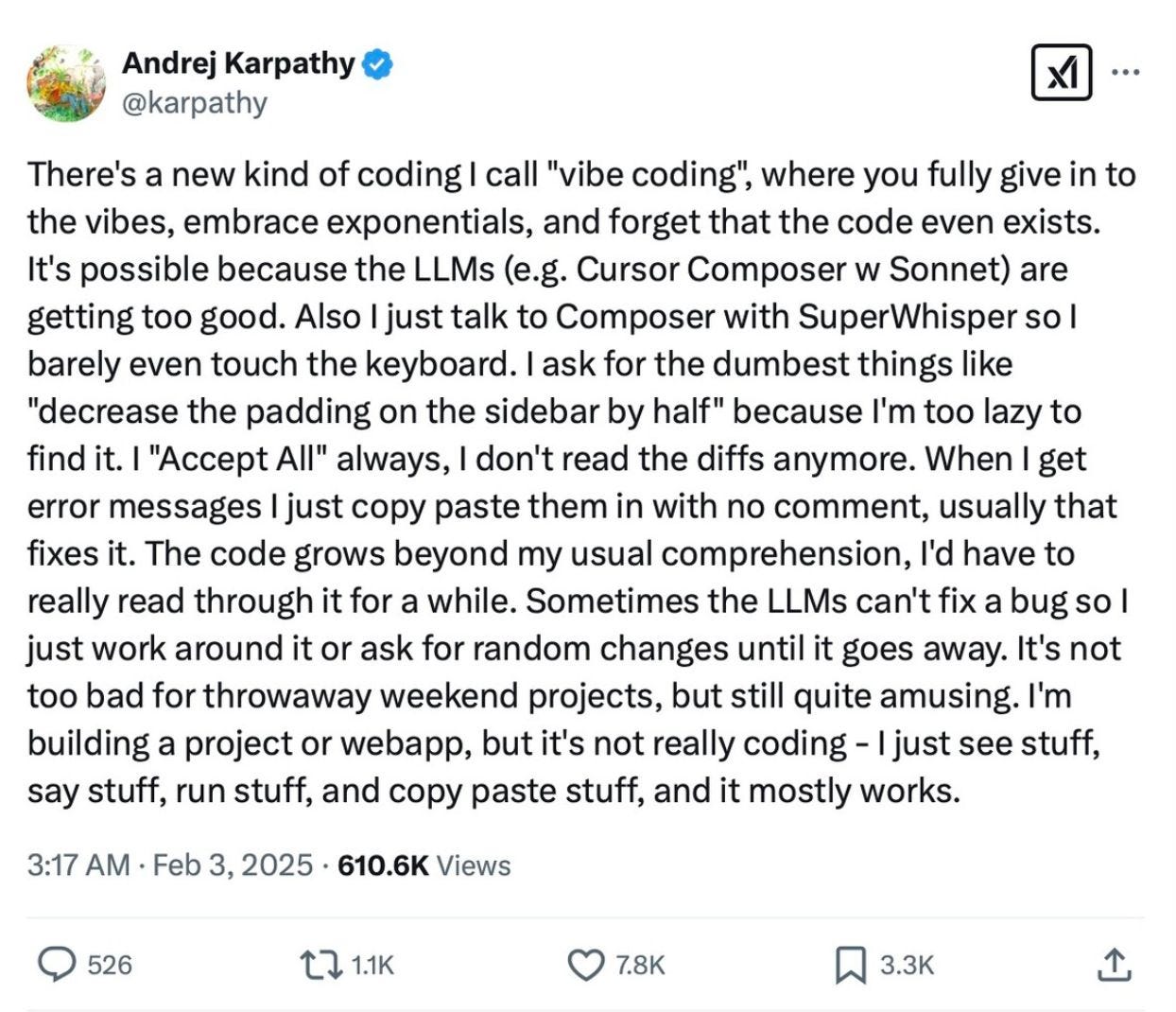
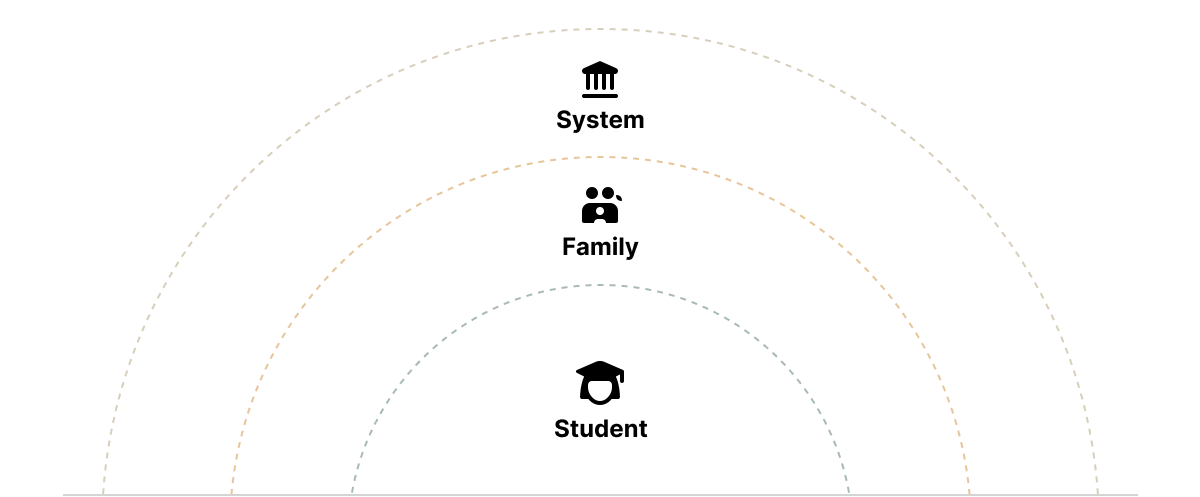
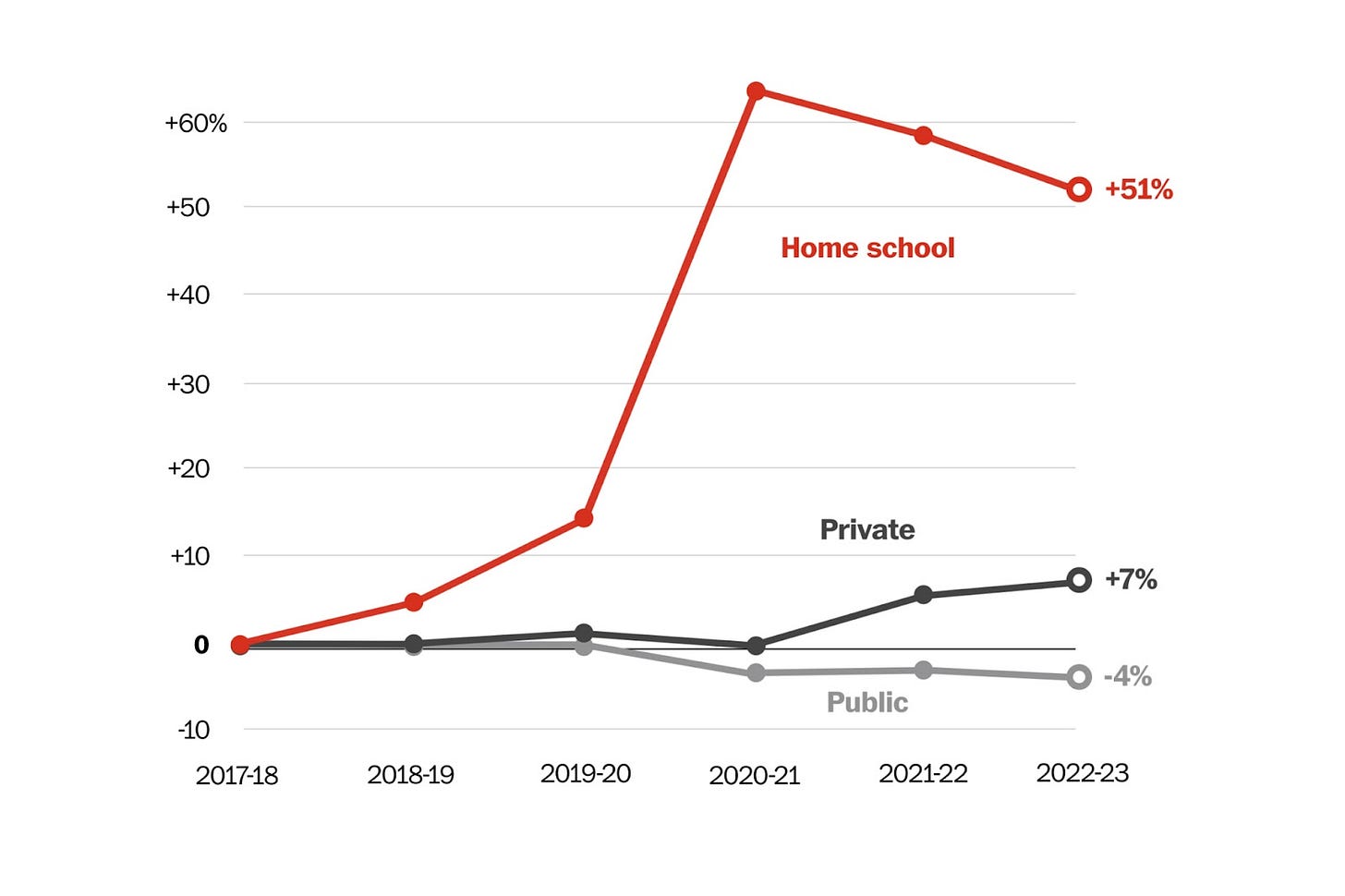
Love this perspective, Sam! Your Montessori to public school journey really illustrates just how quickly curiosity can be squashed. The education system is overdue for reimagining! So excited for what you share next and to go on this journey with you.